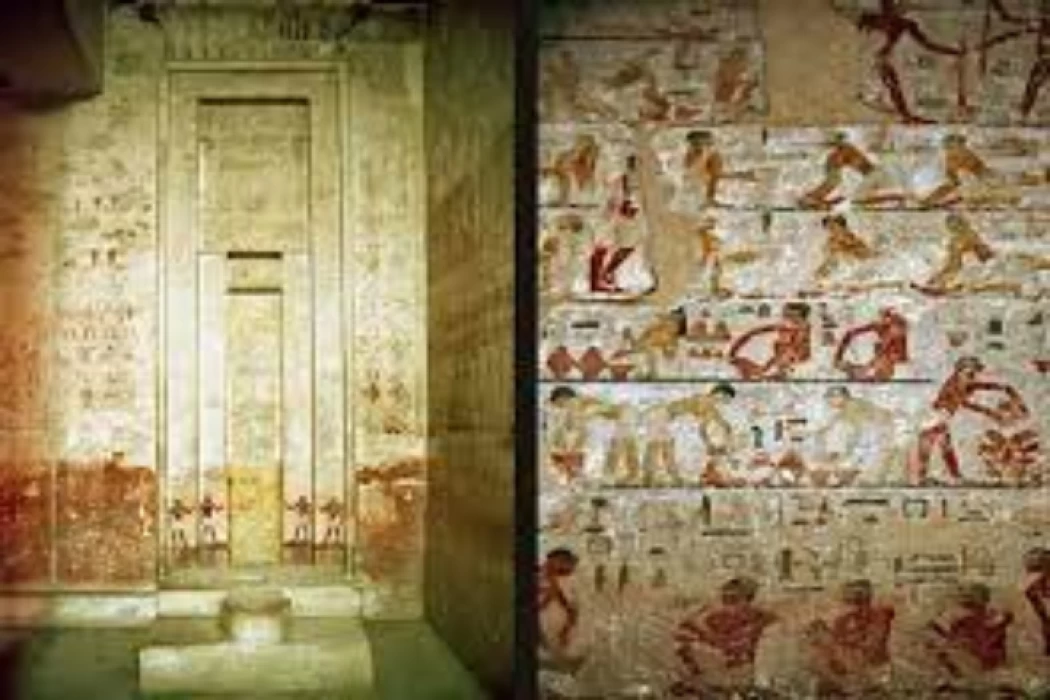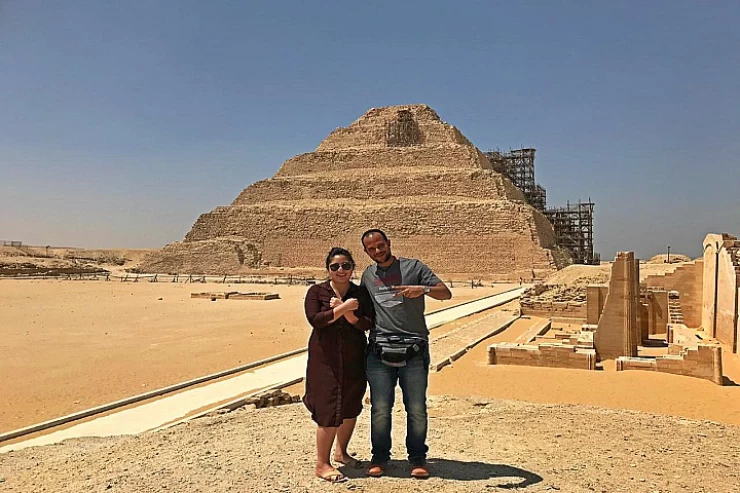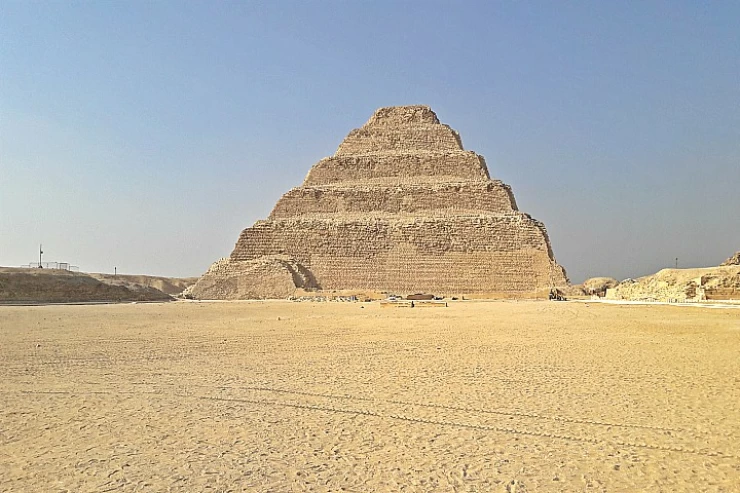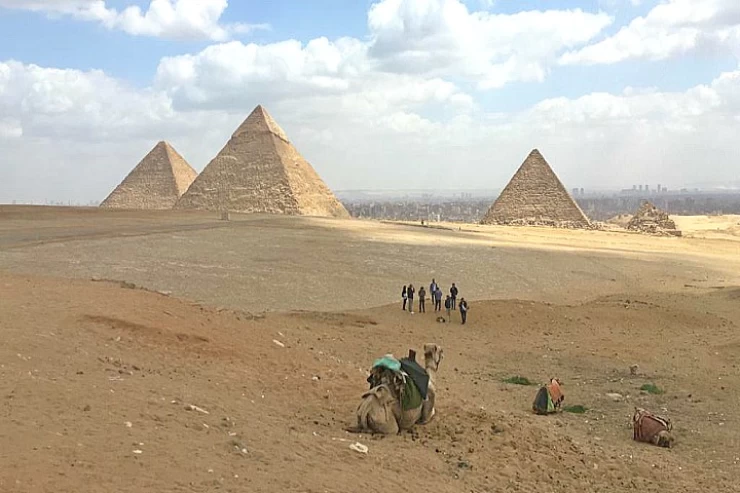
Mastaba of Ti is a hidden gem in Saqqara
Egyptian museums are full of Pharaonic, Coptic and Islamic antiquities and contain thousands of artifacts such as statues, utensils, gold and furniture that tell of certain historical eras in Egyptian civilization.
Through these artifacts, we learn about ancient life in all its details and how ancient man lived in these eras. The burial site of “Ti” is located within the Saqqara region of Northern Egypt, approximately 500 meters to the north west of the Djoser pyramid. During the final kings of the Fifth Dynasty, Ti was an administrator, and he was the overseer of the pyramids of Neferirkare, Nyuserre, and of the sunn temples of Sahure, Neferirkare, Neferefre and Nyuserre in Abusir.
In 1877, Auguste Mariette discovered the tomb, which consists of an entrance leading to a large courtyard with twelve square columns. The empty coffin of Ti was found in the burial shaft located in the middle of the outer courtyard. While in the southern wall there are three openings through which a copy of a statue of Ti is currently seen inside the crypt, while the original statue is in the Egyptian Museum. Through it, the spirit of the deceased could follow the funeral rituals that took place in the tomb, as the deceased could communicate with the world of the living.
Among the most important scenes in the tomb is the scene of Ti being carried on a stretcher, as well as scenes of feeding geese and birds, which is similar to the method followed by our people in the countryside now, as well as scenes of singers and musicians. We also see a scene of "Ti" and his wife supervising some workers who were engraved in several rows, so we see a group lighting a furnace to melt gold, scenes of sculptors and potters, stages of bread making, stone vessel makers and carpenters, as well as many other scenes such as offering sacrifices to deities, scenes of fishing and deer hunting and other scenes of daily life.

















